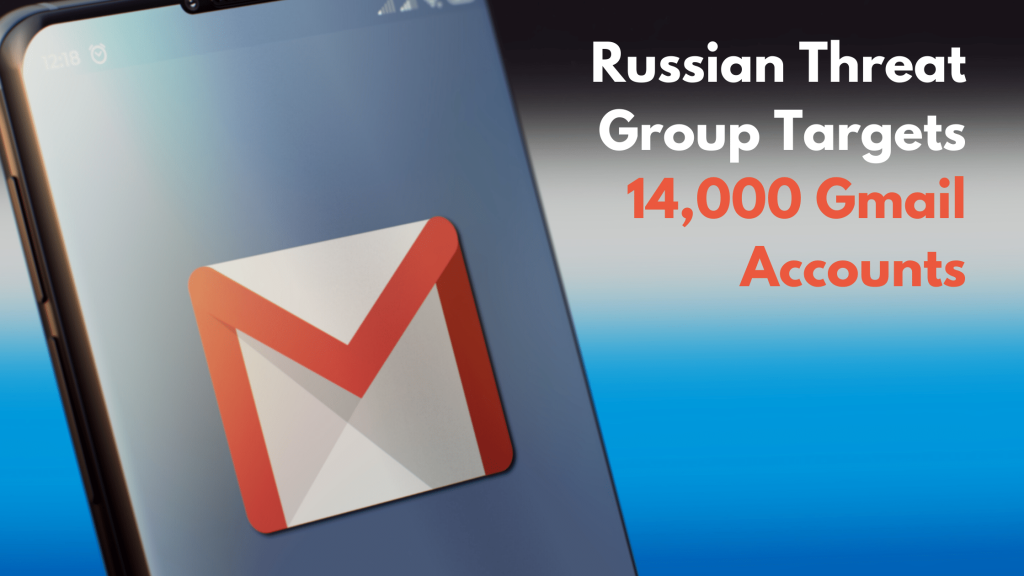
A Russian-linked hacker group, APT28, purported to have been on a month-long phishing rampage, targeting Gmail accounts. According to Google, who publicized a security update on the 8th of October, 14,000 Gmail accounts were targeted by this Russian threat group.
Read ahead to understand how hacking groups select and target victims, and how preparedness can become a vital weapon against cyber threats.
A brief on the Russian Threat Group’s Activities
Google’s Threat Analysis Group of Google (TAG) sent out an alert that the APT28 has been targeting specific categories of people for mass phishing attempts. The Russian threat group (also called ‘Fancy Bear’) has been targeting journalists, government agents, and other high-ranking individuals.
Reportedly, TAG has connected Fancy Bear with the Russian government that was allegedly responsible for the hacking attempt of the Democratic National Committee and the Clinton campaign in 2016.
Proactive measures saved the day
Victims of the mass phishing attack received timely warnings of the Russsian threat group’s malicious activities. The Threat Analysis Group further assured these users that the phishing emails were automatically blocked by the system. But Google didn’t stop there. They also advised these target users to register for Google’s Advanced Protection Program so as to secure their email accounts from all present and future email threats.
Additionally, Google also reported that they’re working with 3rd party organizations to release a bunch of security keys for added protection. Furthermore, Google is also urging 2 million YouTube and 150 million Google users to opt for two-factor authentication. They’re working towards ensuring users can defend themselves through education by APP and similar programs, and technical measures like MFA.
Takeway from this small case study
Well, not every business can afford to have a threat analysis group digging around the cyber sphere to warn against oncoming attacks. But as a cyber community, we can at least keep ourselves updated with the latest happenings and news. If you read about a mass phishing attempt like this, why wouldn’t you take immediate measures to better protect your accounts?
Moreover, this case reflects how forward thinking alerted 14,000 users in advance, thus saving us all from a mass catastrophe. Agreed that you don’t have a TAG at your business, but you can at least envision the worst case scenario and work backwards, fixing all the gaps in security well in time.
Now that you’re sure updating your knowledge of cybersecurity is must, why not take the first proactive step and read up on phishing prevention? We have a complete guide on phishing prevention, curated after studying hacker mindsets and hundreds of cases.

More IT and security resources and updates.